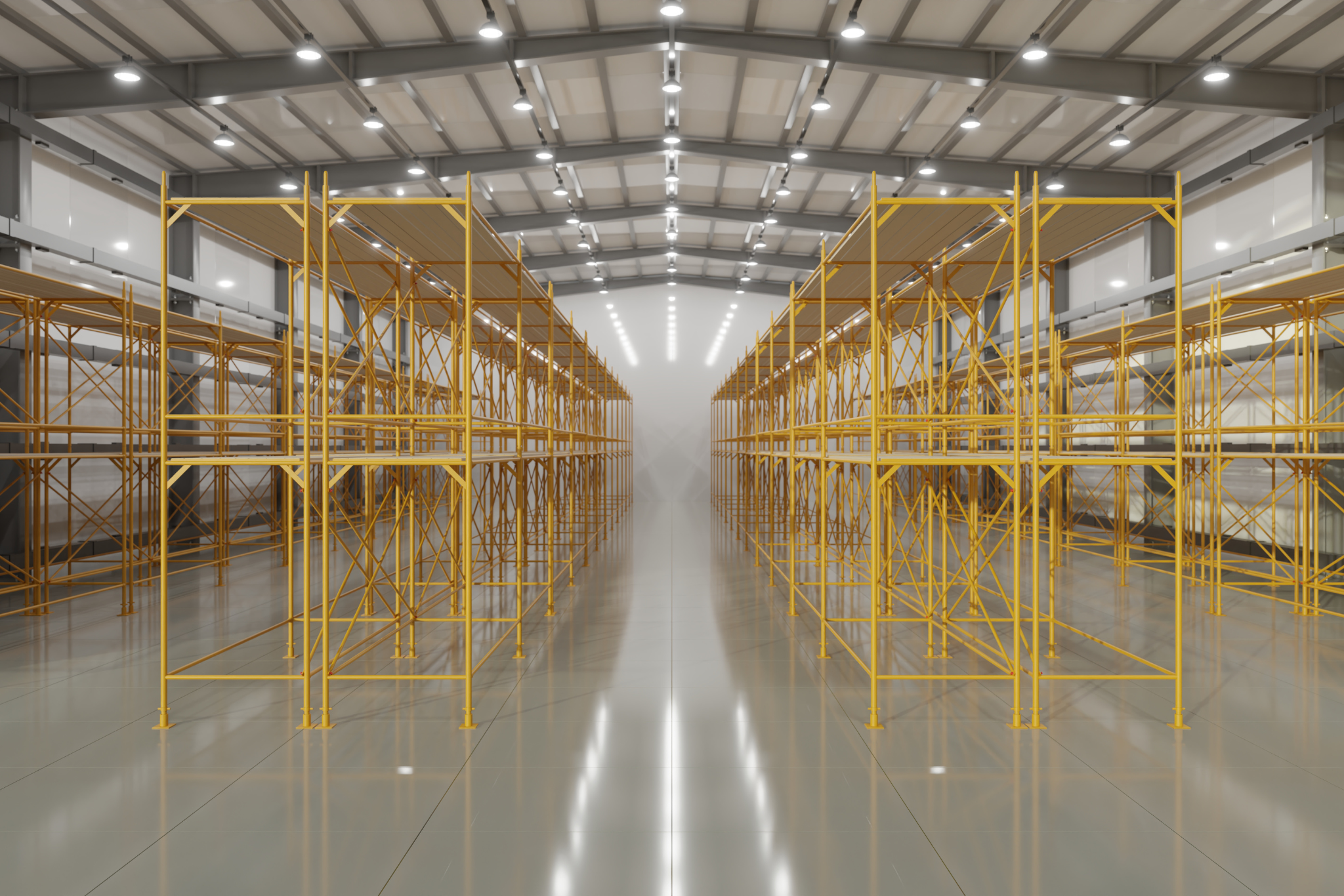
Automated conveyor systems are at the core of modern warehouse and distribution center operations, enhancing efficiency, reducing manual labor, and increasing throughput. For warehouse operations specialists, understanding the value of these systems can lead to significant improvements in daily operations. In this blog post, we'll explore the basics of automated conveyor systems, look at five use case scenarios across four key industries, and provide a simple framework to help determine if it's the right time to invest in automation.
The Basics of Automated Conveyor Systems
At their core, automated conveyor systems are used to move goods efficiently within a warehouse or distribution center. By automating this movement, businesses can significantly reduce the need for manual labor, streamline processes, and improve the overall speed of handling goods.
Conveyors are often paired with additional automation technology, like automated picking and sortation systems, to create a seamless flow of goods from the receiving dock to order fulfillment. Here are the basic types of conveyor systems to have on your radar.
Belt Conveyors
Belt conveyors use a continuous belt to move items, making them ideal for transporting irregularly shaped or small items.
- Pro: Versatile across greater item varieties
- Con: Not typically suitable for heavier loads
Roller Conveyors
Roller conveyors use a series of rollers to move goods, often driven by gravity or motorized rollers. These are generally ideal for palletized goods or packages that move well on a flat, stable surface.
- Pro: Great for transporting heavier items
- Con: Small or irregular shaped items run greater risk of getting stuck
Overhead Conveyors
Overhead conveyors are suspended from the ceiling, allowing for efficient use of vertical space.
- Pro: Frees up floor space for other operations
- Con: More complex, costly Installation
Automated conveyors can also incorporate features such as speed controls, routing decision systems, and integration with Warehouse Management Systems (WMS).
Conveyor Systems in Action
Automated conveyors are used across numerous industries to solve specific challenges. Here are five example use cases, highlighting how they help businesses streamline operations across our the following core industries: eCommerce Fulfillment, Food & Beverage, Pharmaceuticals, and Retail Distribution.
eCommerce Fulfillment: High-Volume Parcel Handling
During holiday peaks, an eCommerce retailer uses automated conveyors to handle thousands of parcels, ensuring smooth sorting and faster shipping. In high traffic areas like shipping and receiving, conveyors can provide a huge improvement for loading dock safety processes and workflows.
Food & Beverage: Fresh Produce Sortation
In a food distribution warehouse, automated conveyors are used to transport crates of fresh produce to temperature-controlled zones, ensuring that items are handled quickly and are less prone to spoilage. This reduces waste and ensures fresh products reach customers promptly.
Pharmaceuticals: Controlled Transport for Sensitive Items
Pharmaceuticals often require precise handling to meet regulatory standards. Automated conveyors equipped with tracking and temperature control are used to safely transport sensitive items from storage to packaging stations, ensuring compliance and reducing risks. This level of control helps maintain product integrity, which is critical for patient safety.
Retail Distribution: Cross-Docking Operations
Retail distribution centers rely on cross-docking to minimize storage time. Automated conveyors facilitate the rapid transfer of products from receiving to outbound shipping without interim storage, optimizing the speed of delivery and reducing handling costs.
Is an Automated Conveyor System Right for Me?
While automated conveyors can be a powerful solution for optimizing warehouse operations, the decision to invest should be carefully considered. Here is a simple framework to help assess if an automated conveyor system is right for your operation: Add a tally for each item you say 'yes' to. Here we go:
Operational Complexity: Does your warehouse involve complex processes such as high-volume sortation, cross-docking, or the movement of fragile items? If so, automated conveyors could simplify and streamline these workflows.
Peak Season Challenges: Does your business experience significant demand fluctuations, such as holiday peaks? Could automation help you scale operations quickly without relying on temporary labor? These challenges are critical for retail fulfillment and e-commerce industries.
Labor Shortages: Are you facing labor shortages or high turnover in your operation? Could automated conveyors help offset these issues by taking over manual transport tasks, allowing workers to focus on higher-value activities?
Accuracy and Speed Requirements: Does your operation require fast, accurate product movement, like in pharmaceuticals or retail distribution? Could automated conveyors meet these needs effectively?
Integration with Existing Systems: Can your existing systems, such as WMS or ERP platforms, integrate seamlessly with automated conveyors? Successful integration is key to maximizing the
If you're nodding to at least three of these, it might be time to take a closer look at investing in a new system!
To get started, consider partnering with a system integrator like Tompkins Solutions. We can help guide your technology choices, ensure seamless integration with your existing systems like Cornerstone WCS or 3rd party Warehouse Management Systems (WMS).
How can we help improve your supply chain operations?
Schedule a consultation or contact Tompkins Solutions for more information.

Featured Posts
Discover valuable resources to enhance your knowledge.





